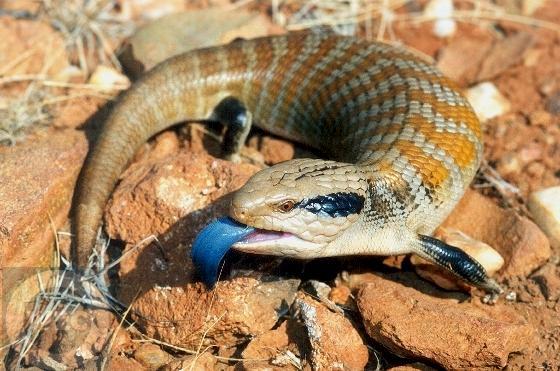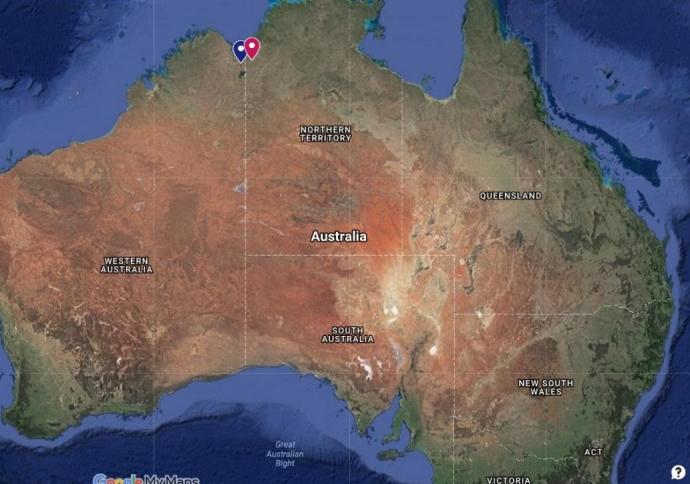The common blue tongue lizard (Tiliqua scincoides intermedia) is a large, heavy bodied, dorsoventrally flattened, terrestrial lizard with small limbs. The species lives in northern and eastern parts of Australia, inhabiting both rural and urban areas. They are viviparous and have a long potential life span (between 30 and 50 years). Their length is usually 40 cm and typically weigh up to 700 g. They don’t exhibit any obvious sexual dimorphism, but there are differences between males and females in their activity patterns (Price-Rees et al 2014, Price-Rees et al 2012).

Data for this research was collected during 2009, 2010 and 2011 by researchers of Shine Lab, University of Sydney in 2000 ha Keep River National park located alongside the border of Northern Territory and Western Australia (15° 45´ S 129° 6´E) and in 40 ha area near the city of Kununurra, located in Western Australia region (15° 46´ E 128° 44´ S), 50 km west from the Keep River National park. Both areas belong to Kimberley region of northwestern Australia and are characterized by tropical monsoon climate, with long dry seasons which last from April to November, and shorter wet seasons which occur from mid-November to mid-March. During the dry season, humidity and precipitation are low and temperatures are mild. Contrary, during the wet season, heavy rains, high humidity and temperatures are the main weather characteristics. For the whole Kimberley region, total annual precipitation is 852 mm, of which 90% falls during the wet season (Price-Rees et al 2011, Price-Rees et al 2012).
The Kununurra area contains agricultural and very fragmented landscape, located alongside the road and only 6 km far from the city of Kununurra. Contrary, Keep River National park is a protected area where eucalyptus savannas are dominating, but small patches of rugged sandstone, gorges, hills, lowlands and flood plains are occurring as well (Harrison et al, 2009).

Responsible for this page:
Director of undergraduate studies Biology
Last updated:
05/19/17
